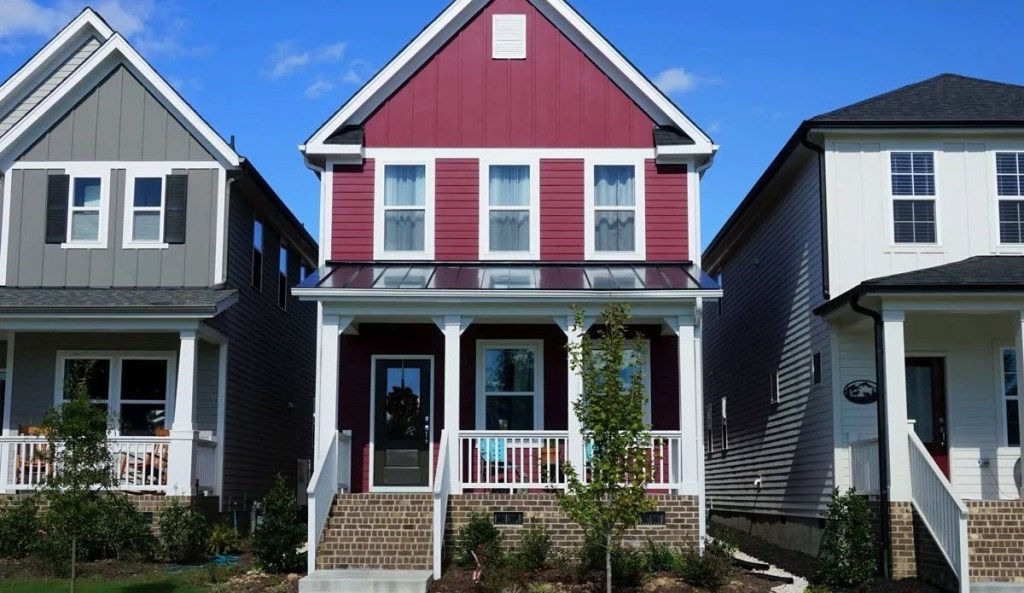Rising home prices have pushed the third quarter’s tappable home equity amount near its 2022 peak, but interest rates are making homeowners reluctant to extract that wealth.
Mortgage holders withdrew a mere 0.41% of tappable equity in Q3, about 55% below the average withdrawal rate seen in the 12 years leading up to the Federal Reserve’s most recent tightening cycle, according to the latest ICE Mortgage Technology‘s mortgage monitor report.
“Indeed, in recent quarters, equity withdrawal rates have been running at less than half their long-run averages. That’s equivalent to $54 billion – $250 billion over the last 18 months – in ‘missing’ withdrawals that might have otherwise stimulated the broader economy,” said Andy Walden, vice president of enterprise research at ICE Mortgage Technology.
Rising equity levels are also contributing to low default and foreclosure activity.
Foreclosures starts rose to 33,000 in October – the highest level in 18 months – but still remained 35% below COVID-19 pandemic norms. Loans in active foreclosure inched up to 217,000, but remained more than 25% below pre-pandemic levels.
About 70% of loans currently three or more payments past due are protected from foreclosure by ongoing loss mitigation efforts. In addition, about 58% of these seriously delinquent mortgage holders hold more than 20% equity stakes in their homes.
“Strong equity cushions not only provide borrowers incentive to work with their servicers to return to making mortgage payments, they also open up other options, such as salvaging earned equity with a traditional home sale rather than going through foreclosure. The more the industry can do to educate, and update, borrowers as to their equity positions, the better,” Walden said.
Mortgage originations
Purchase lending dominated the market overall, driving 86% of all first-lien lending in the third quarter. In 2024, roughly 75% of originations expected to come from purchase loans.
Despite compressed volumes, cash-out refinance loans fueled what is left of the refinance market accounting for 92% of the third quarter activity. Borrowers withdrew a record $104,000 on average.
Rising mortgage rates continued to put pressure on homebuyers, with the average debt-to-income (DTI) ratio on purchase loans hitting 40.5% in October, a series high dating back to January 2018.
The average DTI among conventional mortgages reached 37.8% in October, also a series high, while the average among FHA and VA loans hit 45.5% and 44.4%, respectively. These figures are both up sharply from recent months, but slightly below last year’s high of 45.7% for FHA loans and 44.5% for VA loans.
Lenders have responded by tightening credit requirements and the average credit score among conventional, FHA and VA loans.
Average credit scores for FHA loans rose 14 points in October over the past 12 months while VA loans climbed 13 points.






